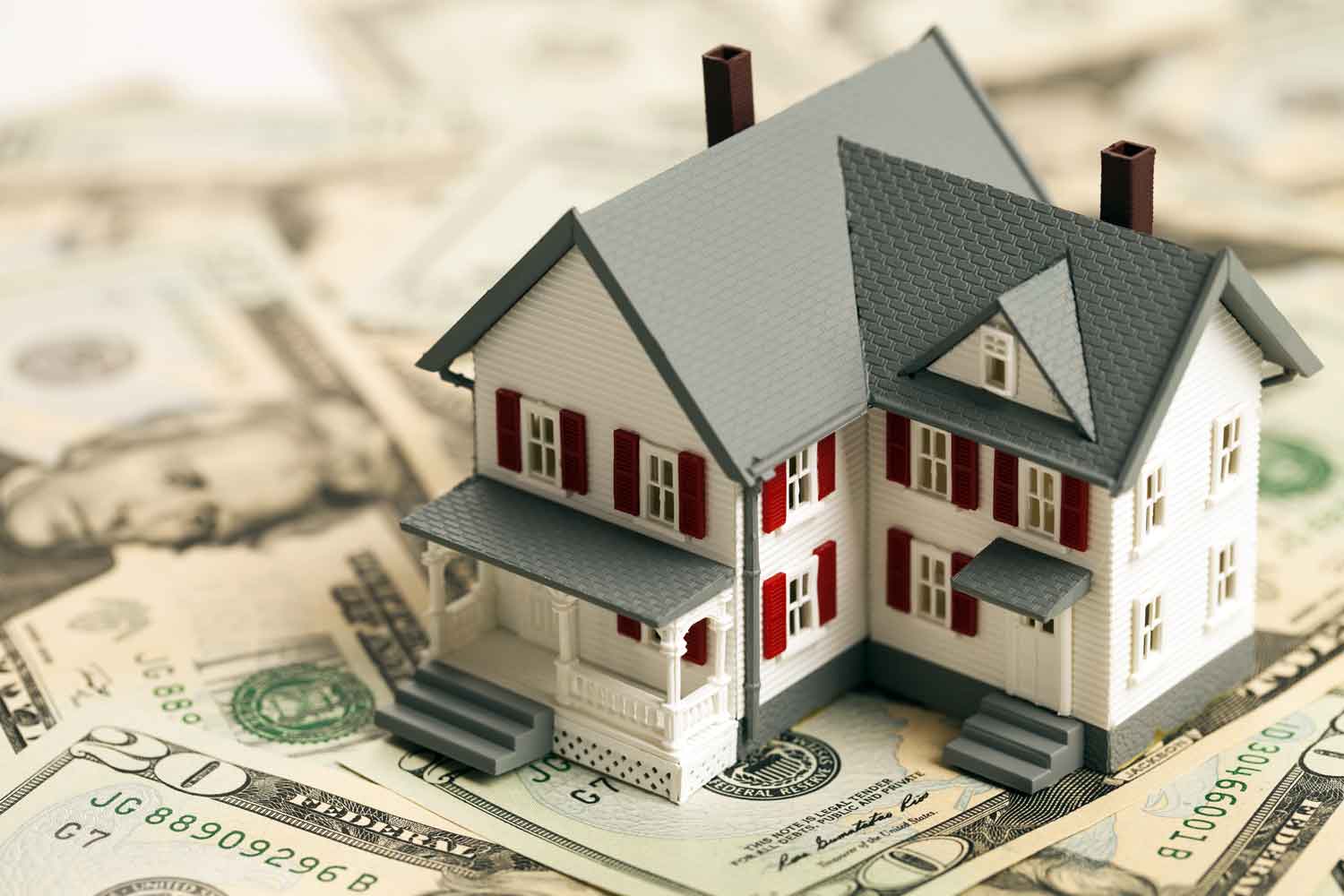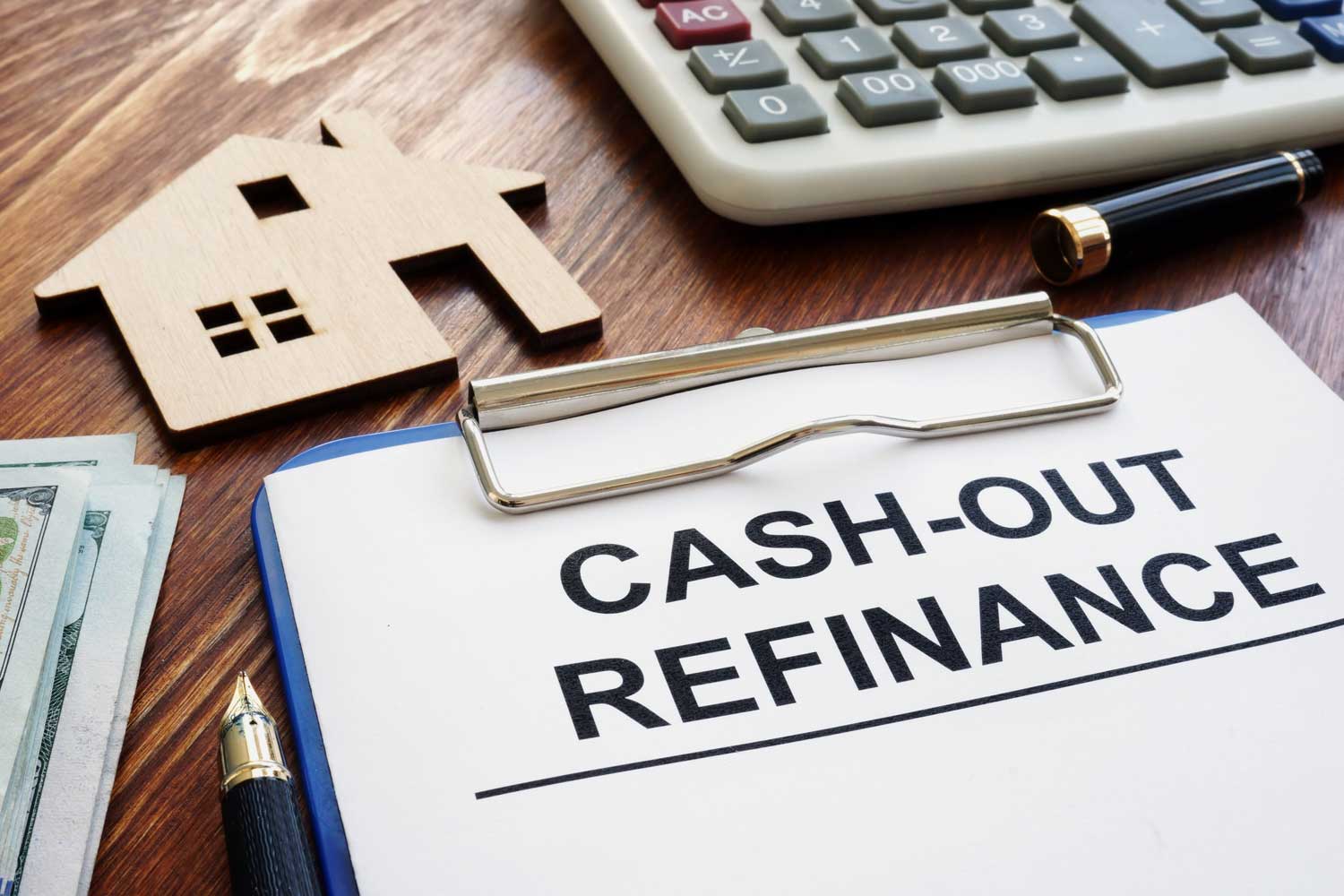Get cash to pay off higher-interest debt, make home improvements or pay for major expenses.
Cash-Out Refinance Loans in Pennsylvania
Cash-out refinance is borrowing money from the equity in your home. Find out how it can help you.
Get Pre-Approved Today
Take the first step to getting the best home loan for you.
The Cash-Out Refinance Process
After you’ve filled out our Apply Now form, we’ll lead you through this four-step process.
1. Review
We will review your application and then contact you to discuss the next steps in the loan process.
2. Pre-Approve
Once pre-approved, we’ll help you select the loan that meets your needs. We will then order an appraisal and send initial loan disclosures.
3. Verify & Approve
You provide us with documentation of the information you submitted in your application. We’ll verify and approve your loan for closing.
4. Close
After signing the closing documents, you will have cash in hand, a shorter term or a lower rate. It’s just that simple!
Cash-Out Refinancing
What Is a cash-out refinance?
A cash-out refinance takes place when a homeowner secures a new loan to replace their current mortgage, for more than the amount currently owed. The homeowner can then use the additional cash for many things such as paying off higher interest debt like credit cards or for making home renovations.
This differs from a rate and term refinance, where the original loan is replaced with a new loan, typically with a lower interest rate and a new set of terms. A rate and term refinance does not allow a homeowner to receive any cash-back at close or to pay off any debts, other than the mortgage. A homeowner with an adjustable-rate mortgage (ARM), for example, could use a rate and term refinance to replace the ARM with a 30-year-fixed-rate loan so they can have predictable payments in the future. It offers long-term benefits, but may not be the right choice for someone who has an immediate need for cash.
Over the years, cash-out refinance loans got a bad rap, especially during the housing boom, when too many homeowners relied on the method to stay above water. Following the recession, tighter lender restrictions and better consumer education has helped cash-out refinances become a more responsible way to borrow.


Benefits of Cash-Out Refinance
Here are a few possible benefits of a cash-out refinancing.
Lower your monthly bills: A cash-out refinance can put money back into your pocket every month. Let’s say you currently pay $2,000 on your mortgage, $500 on a car and $600 on a truck. If you can pay off your automobiles with equity from your home, you could be saving $1,100 per month in auto payments and potentially reducing overall interest.
Consolidate credit card debt: With credit cards paid down, or paid off in full, credit utilization goes way down, which could also have a positive impact on your credit.
Add value to your home: If you’re thinking about remodeling, using a cash-out refinance to fund the project is smart. It doesn’t just save you from using a credit card, it allows you to take the equity you’ve built in your home and reinvesting it with a renovation, which can help increase the value of your home long term.
When used appropriately, cash-out refinancing can be a great option to leverage home equity. Yet, similar to making any other major financial decisions, each of its pros and cons must be weighed.
When It Makes Sense
Look for changes in your interest rate.
In the housing boom, many people turned to cash-out refinancing to replace soaring interest rates with lower ones. Today, low mortgage rates have kept many homeowners at bay. In fact, in some cases, choosing a cash-out to refinance option may increase your interest rate, so it’s important to consider your cost as well as your return.
Because a cash-out refinance restarts the amortization process, you may be increasing your lifetime interest rate. With a cash-out refinance, you will pay a new interest rate on the full new balance — not just on the newly borrowed cash. This also means that your monthly payment resets to mostly paying interest and not reducing the principal balance, much like when you secured your home mortgage the first time around. A way to avoid paying more interest overtime is using shorter term options. Or if your current mortgage rate is low and you just want to access the equity you’ve built at a new rate/payment, consider a home equity line of credit (HELOC).

